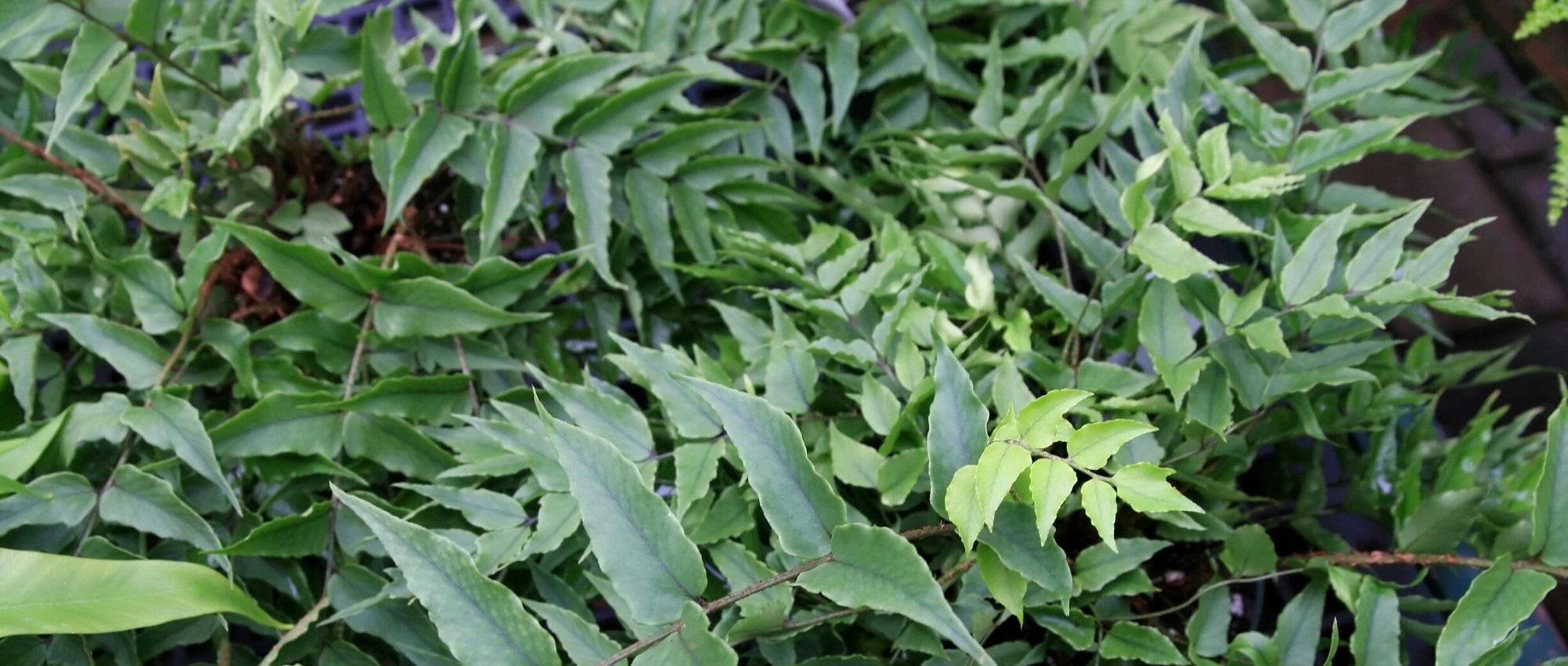
7 evergreen ferns
The most beautiful varieties
Contents
Ferns are appreciated for their elegant fronds, beautifully cut, which bring a very wild and lush aspect to the garden. There are many species and varieties, which can be deciduous or evergreen. The latter retain their fronds in winter, remaining decorative throughout the year, even in winter when other ferns are dormant. There are also semi-evergreen ferns: those that keep their leaves in winter under a mild climate, but lose them if temperatures become too cold for them. Here we present our selection of the most beautiful evergreen ferns, along with some ideas for pairing them. For more options, feel free to check out our entire range of evergreen ferns.
Dryopteris erythrosora
Rich in colour, Dryopteris erythrosora is one of the most beautiful evergreen ferns. Its fronds, borne on a reddish petiole, change colour throughout the seasons: initially unfolding in coppery pink – orange-yellow hues, they then become light green, before taking on a coppery red-brown shade in autumn, and finally turning a rich green in winter. Its fronds have a lovely triangular shape, measuring about 70 cm in height and 40 cm in width, and are finely divided.
We recommend planting the Dryopteris erythrosora in the ground, in full shade or partial shade, in cool, humus-rich, neutral to acidic soil. As new fronds appear in spring to regenerate the foliage, feel free to prune the old fronds damaged by the cold in March-April. The Dryopteris erythrosora will beautifully complement the colourful foliage of heucheras, or create an exotic scene with the foliage of Fatsia japonica, Tetrapanax, bamboos, tree ferns, Colocasia…
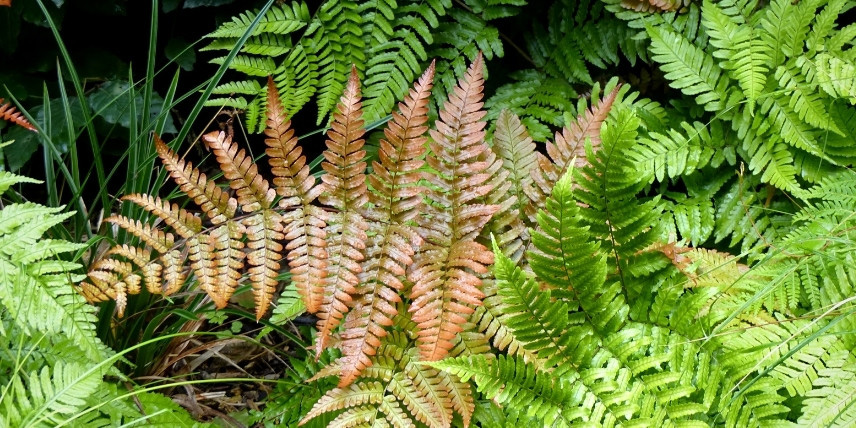
The young fronds of Dryopteris erythrosora take on a beautiful coppery colour!
Read also
Ferns: growing and plantingAsplenium scolopendrium
Scolopendrium, also known as Hart’s tongue, is an unusual fern that forms clumps with upright, entire, and elongated fronds (hence its nickname, Deer Tongue). They measure 30 to 60 cm in length and are more or less undulate along the edge of the lamina. They have a beautiful bright green colour (fairly light when young, they darken as they mature)! This fern is quite common in the wild in France, typically found in forests on calcareous soils. In addition to the typical species, there are a few distinctive varieties: Asplenium scolopendrium ‘Undulatum’ is notable for its strongly undulate lamina edge, while Asplenium scolopendrium ‘Cristatum’ has its frond tips divided into several segments.
Plant the Scolopendrium in shade or partial shade, in cool to moist soil, preferably calcareous. It will thrive in woodland settings alongside hostas, periwinkles, Solomon’s seals, sweet woodruff, and more. It can also grow in rockeries, on old walls, or along the banks of a pond. We also recommend cutting back old fronds at the end of winter if they appear damaged. Other than that, the Scolopendrium grows very well on its own and requires very little maintenance. Its entire fronds give it a somewhat exotic style, but it has excellent hardiness, being able to withstand temperatures as low as -30 °C!
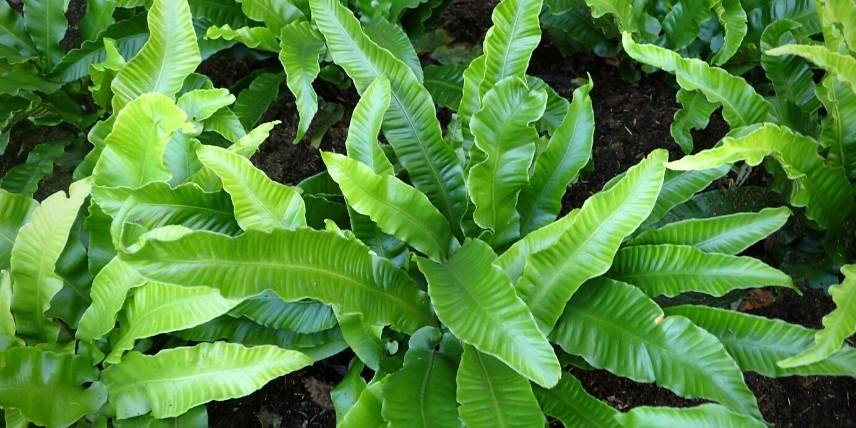
Asplenium scolopendrium bears elongated, undivided fronds. Here, the variety ‘Angustifolia’, with slightly narrower leaves than the typical species (photo Krzysztof Ziarnek)
Discover other Ferns
View all →Available in 1 sizes
Available in 2 sizes
Available in 1 sizes
Available in 1 sizes
Available in 1 sizes
Available in 2 sizes
Available in 2 sizes
Available in 1 sizes
Available in 2 sizes
Available in 2 sizes
Polystichum acrostichoides
Native to North America, Polystichum acrostichoides is commonly known as Christmas Fern due to its fronds that persist even in the depths of winter. It features beautiful dark green, glossy foliage, with fronds that are once-divided, consisting of 20 to 35 pairs of pinnules. When they emerge in spring, the young fronds have silvery highlights. This is a small fern, not exceeding 40 cm in any direction. It thrives in a cool, shaded rockery. However, being low-maintenance, it has the advantage of tolerating dry soils. When happy, it can spread over time thanks to its creeping rootstock. Plant it alongside bushes such as mahonia, holly, cotoneaster, and with other evergreen ferns like the scolopendrium.
Among the polystichums, you can also choose Polystichum setiferum, P. polyblepharum, P. munitum, or P. tsus-simense, which are also evergreen.
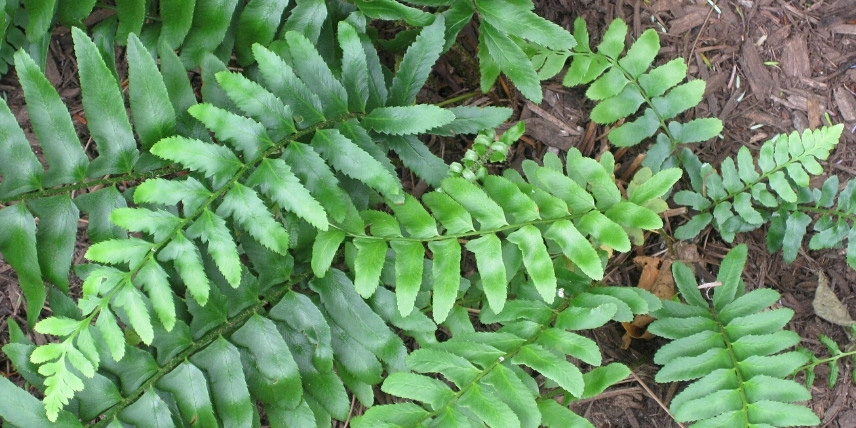
The Polystichum acrostichoides bears beautiful dark green, glossy fronds (photo Cranbrook Science)
Read also
Ferns: how to choose them?Polypodium vulgare
Common Polypody is a lovely little fern, easy to grow, that will find its place in most gardens. It is quite a common fern in the wild in France, often found in woodlands. It has a creeping rhizome, from which narrow, elongated fronds, once divided, are inserted. Its rhizomes are notable for being edible, with a surprising taste of liquorice!
The Polypody can grow almost anywhere: in soil, between rocks, on stone walls, or even directly as an epiphyte on mossy tree trunks! However, it prefers cool, fertile soils rich in humus, such as those found in woodlands. In woodlands, you can pair it with variegated ivy, periwinkles, astrantias, hakonechloas, hostas…
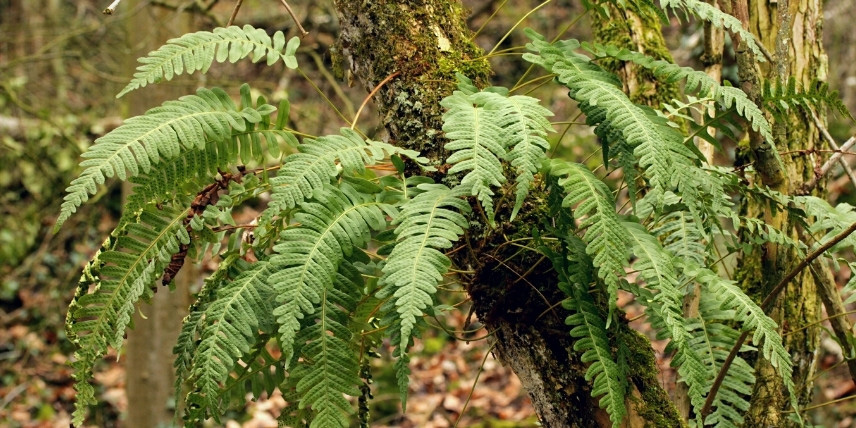
The Polypodium vulgare can grow in soil, as an epiphyte on mossy tree trunks, or between stones on a wall or rockery (photo Björn S.)
Cyrtomium fortunei
Cyrtomium fortunei, commonly known as Holly Fern or False Aspidistra, is a stunning Asian fern that forms elegant clumps. These consist of supple fronds measuring up to 60 cm long, made up of oblong, leathery pinnules shaped like a false. They resemble the leaves of holly and mahonia, especially as they are glossy dark green at ripeness (and a lovely light green when young). The Cyrtomium fortunei thrives in rich, humus-bearing, cool, well-drained soil, without excess moisture in winter. It needs to be grown in shade or partial shade. The Cyrtomium is a beautiful fern to place in a courtyard or patio, creating a Japanese effect, alongside a Japanese maple, ophiopogons, Hakonechloa, Carex, bamboos…
In a very similar style, you can also choose Cyrtomium falcatum.
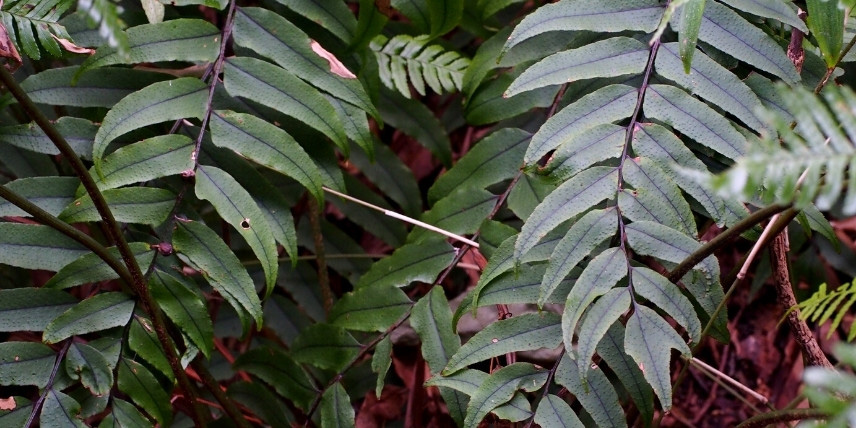
The fronds of Cyrtomium fortunei, reminiscent of Mahonia foliage (photo harum.koh)
Asplenium trichomanes
Asplenium trichomanes is a small fern, very different from other species. It does not exceed 15-20 cm in all directions. It forms small tufts from which long, slender fronds emerge, characterised by a black rachis bearing small, ovate or rounded, green pinnules on either side. As its long, slender fronds resemble hair, it has earned the nicknames False Capillary or Wall Capillary. The fronds remain in place during winter, but they may dry out in the event of summer drought, although this does not compromise the plant’s survival.
The Asplenium trichomanes is a plant that thrives in the crevices of walls, sheltered from direct sunlight. It is capable of growing with very little substrate. It is ideal for a wall, between stones, and can also find its place in a rockery. We recommend pairing it with the delicate Cymbalaria muralis, a variegated ivy, and Ajuga reptans, Polypodium vulgare, Asplenium ceterach…
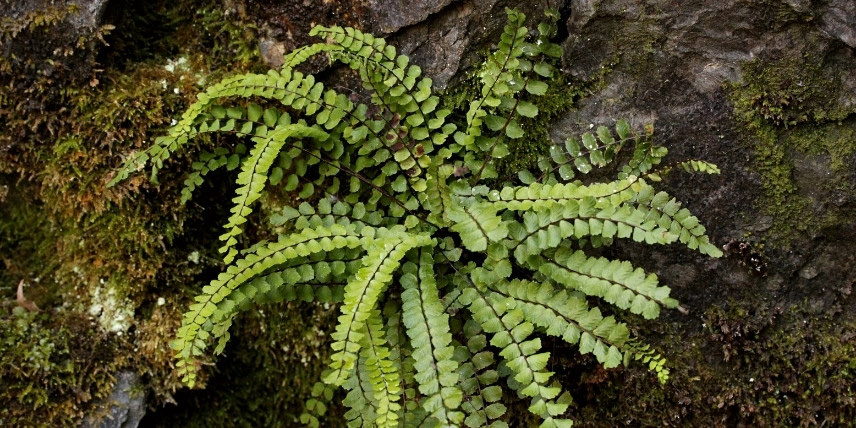
The small elongated fronds of the Asplenium trichomanes (photo Björn S.)
Blechnum spicant
Blechnum spicant is a beautiful fern that forms a tuft from which elongated and spreading fronds emerge, divided into numerous fine dark green leaflets. In summer, it produces upright fertile fronds that bear spores. These resemble the sterile fronds but have much narrower pinnules. It can be found in the wild in France, in undergrowth. It thrives in shade, on cool, moist but well-draining, acidic soil. In the garden, it will find its place in a rockery or a shaded bank. For example, pair it with epimediums, heucheras, lamiums, ajugas…
You can also choose its cousin, the Blechnum penna-marina, which is also evergreen. This is a small fern with a spreading habit.
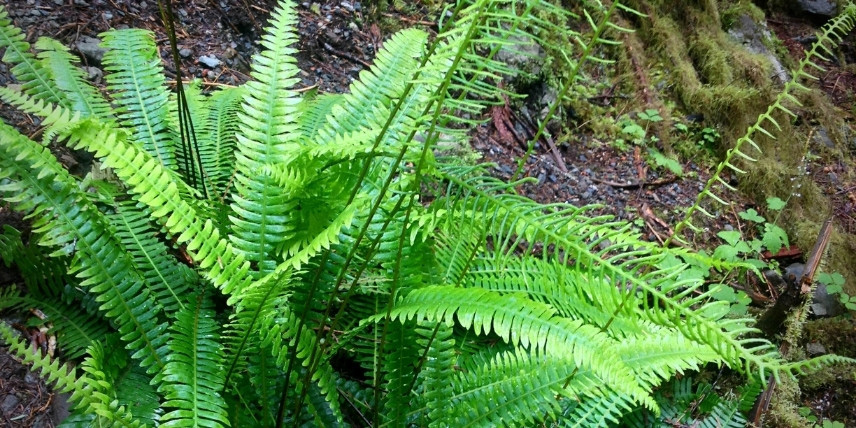
The Blechnum spicant has elongated, glossy green foliage, divided into fine segments (photo Ryan McMinds)
- Subscribe!
- Contents
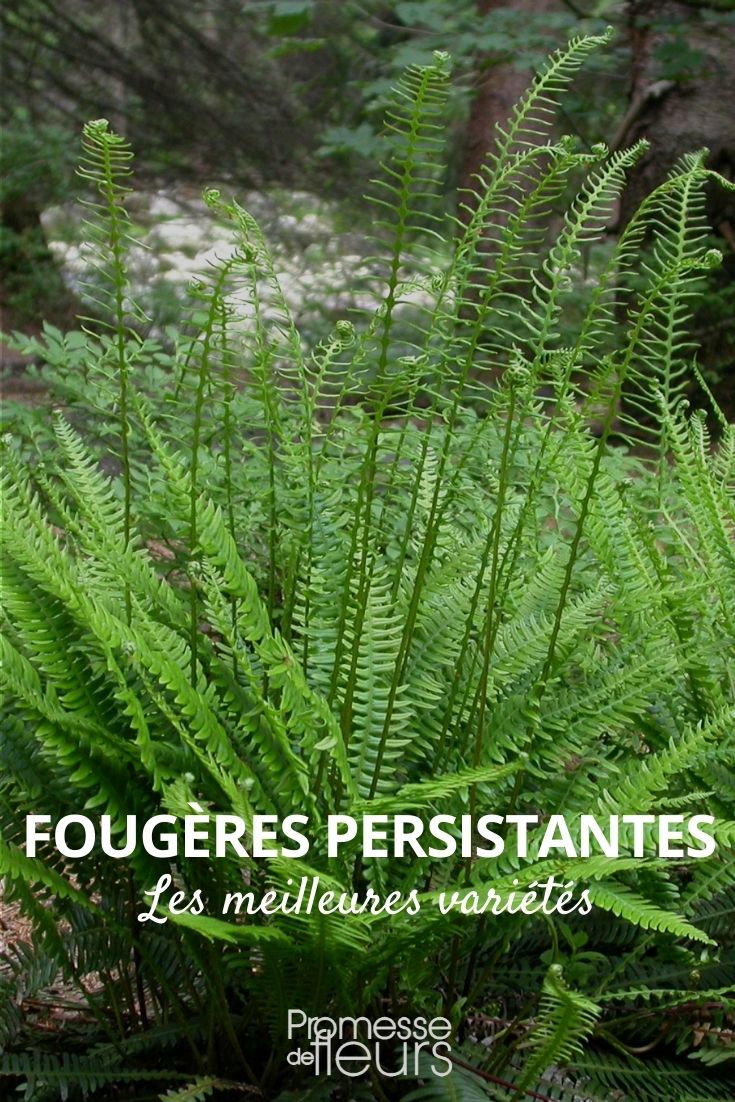































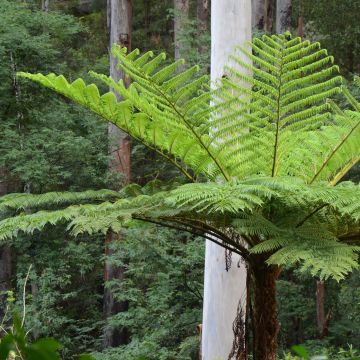
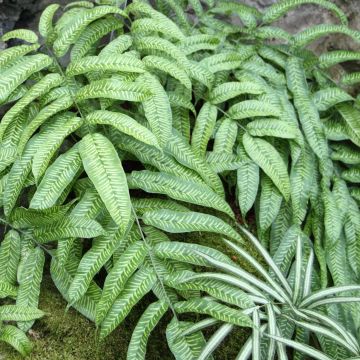
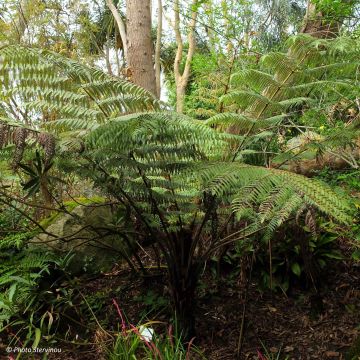
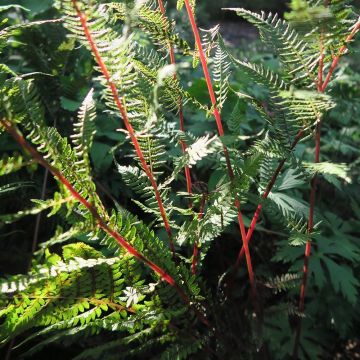
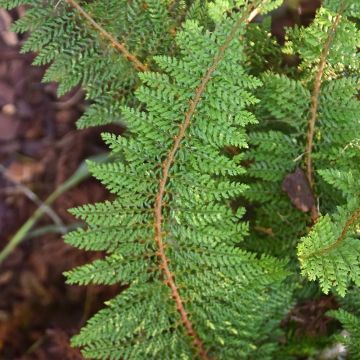
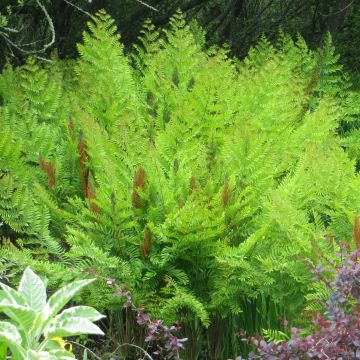
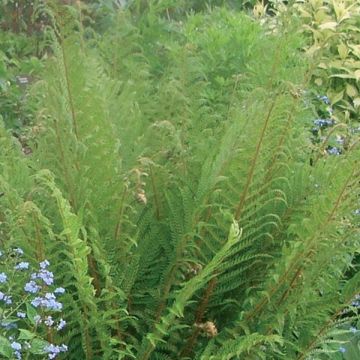
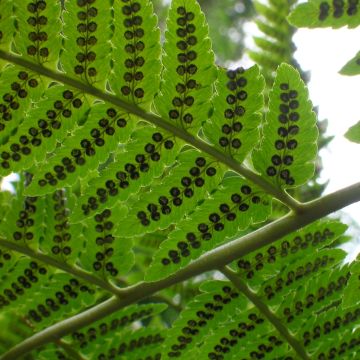
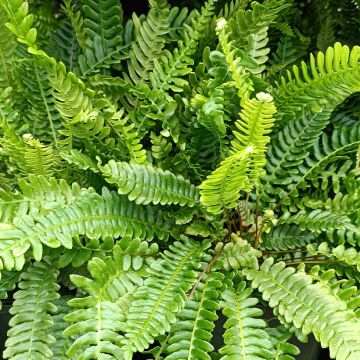
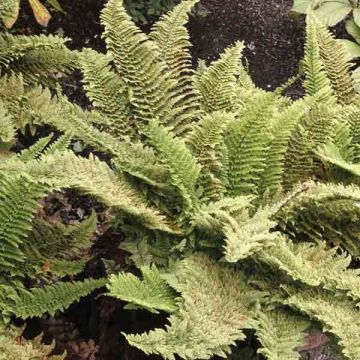
Comments